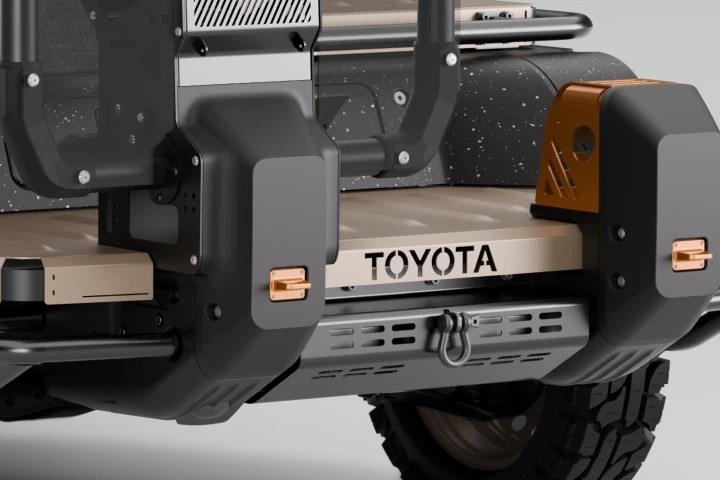The Defense Advanced Research Projects Agency (DARPA) announced on Monday the winner of the first challenges in its competition to design the Fast Adaptable Next-Generation Ground Vehicle (FANG). The US$1 million prize went to “Ground Systems” – a three-person group with members in Ohio, Texas and California. The first of three challenges, the purpose of the competition is to bring crowdsourcing to the problem of creating armored vehicles, with the hope of reducing the design costs by a factor of five.
The challenge began on January 14, and included over 200 teams made up of 1,000 participants. What is remarkable about this is the fact that the participants didn’t even have to know one another at the start of the challenge, and many met during their collaboration. The participants used a suite of META design tools working with the VehicleFORGE collaboration platform developed by Vanderbilt University in Nashville, Tennessee. This platform gave the participants access to a common library of virtual tools and models for potentially thousands of armored vehicle drivetrains.
Of course, the participants weren’t simply told to build a battle tank and sent on their way. The goal of the competition is to build a fully operational vehicle that fits the requirements of the Marine Corp’s Amphibious Combat Vehicle (AVC). Specifically, this first challenge involved creating the drivetrain. The participant groups were given feedback on their design which they could then resubmit, and Group Systems was chosen the winner based on receiving the highest final score against the requirements for system performance and manufacturability.
The next step will be to submit Group Three’s drivetrain design to the DARPA Instant Foundry Adaptive through Bits (iFAB) program team for further analysis. This will determine how suitable it is for manufacturing, foundry configuration and other parts of the building process before going on for test and evaluation by lead FANG performer, Ricardo Inc. of Van Buren Township, Michigan. Two more challenges will deal with other parts of the vehicle, with the final goal being a fully operational machine for Pentagon evaluation rather than a prototype.
“I'm very pleased with the quality of the submissions we received during the challenge, and we have learned a great deal throughout the process,” said Army Lt. Col. Nathan Wiedenman, DARPA program manager. “The first FANG Challenge has been a great experiment, and the submission of many viable, innovative designs has validated the Adaptive Vehicle Make (AVM) design tools and provided invaluable feedback to continue their development.”
The video below explains the FANG competition
Source: DARPA





